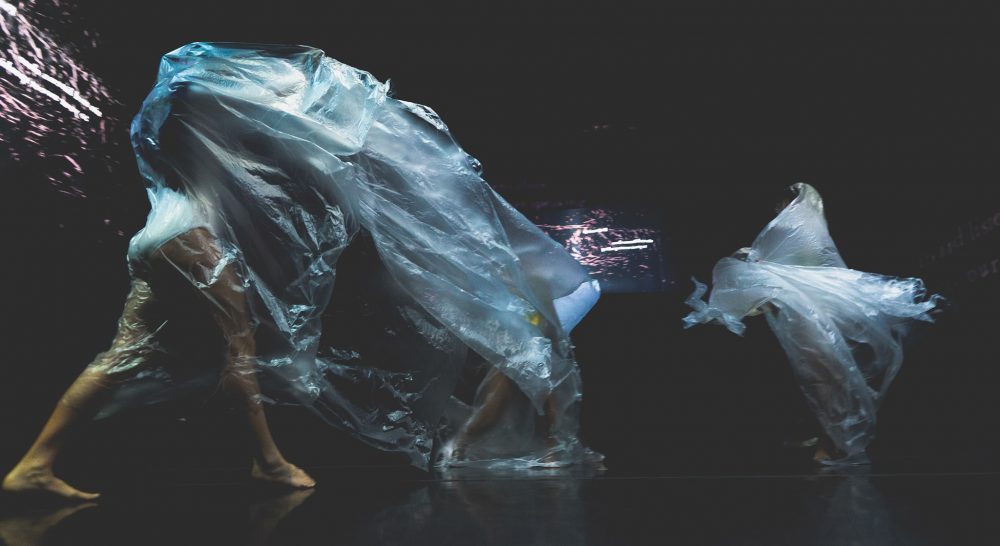This intimate work, inspired by and featuring Anne Carson’s translations of the Greek poet Sappho, is a conversation between contemporary gender identities and an ancient approach to ecstasy.
Sappho is the first known woman writer. She wrote lyric poetry that explored desire, written to be sung while accompanied by a lyre. She lived in the 7th century BCE, before democracy, before prose, and before any other poet had wielded the first person “I”. Most of her work was destroyed or lost; what remains exists only in fragments. In 2002, Anne Carson published a celebrated translation of these fragments that, unlike previous attempts, does not attempt to fill in the blanks where the papyrus has crumbled. Instead, the translation lets Sappho’s fragments, raw and partial, remain unresolved and wild. In this work, we move around and through what we take to be Sappho’s feminist and queer forms of erotic independence and radical embodiment.
Join us after the program for a post-performance conversation with Hope Mohr (Hope Mohr Dance), Maxe Crandall (Stanford University), and Dora Malech (Johns Hopkins University).
This FREE event will take place in the BMA Auditorium.
…
About Hope Mohr Dance:
The body is the brain. The mission of Hope Mohr Dance (HMD) is to create, present, and foster outstanding art at the intersection of the body and the brain.
We build community through art. HMD’s Bridge Project approaches curating as community organizing to convene equity-driven cultural conversations.
Learn More